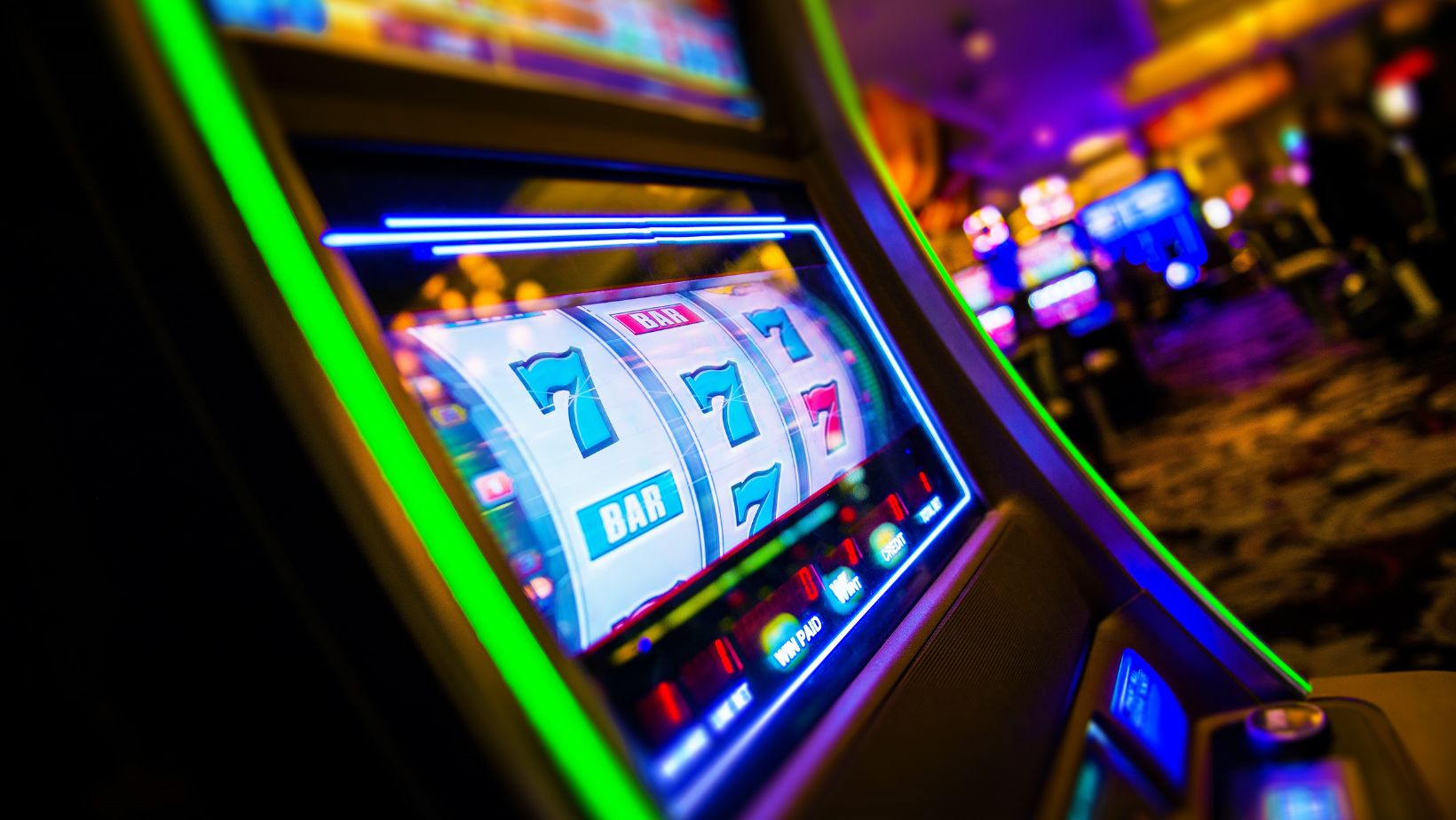While physical and online slot machines share the same foundational concept — spinning reels and matching symbols — their mechanics and internal functions differ significantly. For players interested in understanding the structure and operation of Slots UK, comparing these formats can offer useful insight into how outcomes are determined and how each system works behind the scenes.
You’ll find a variety of regulated games on platforms like LSB casino, where the operation of online casino is governed by digital systems that differ from the hardware-based processes of traditional machines.
Reels And Display Mechanisms
In physical slot machines, reels are mechanical components, and in modern machines, digitally simulated cylinders are displayed on video screens. Early models used physical spinning drums, where symbols were printed onto each reel. These reels were connected to a central shaft, and outcomes were determined by how the physical reels landed after a pull or button press.

Online Slots, however, are entirely software-driven. The reels are virtual and coded into the game design, allowing for more flexibility in terms of layout and symbols. Developers can create Slots with three, five, or even more reels, each with varying numbers of visible rows and unique symbol distributions. These are not limited by hardware constraints, enabling more variation in reel mechanics.
Outcome Determination: RNG vs Physical Engineering
Physical slot machines use hardware-based or integrated digital Random Number Generators (RNGs) to determine where the reels stop. The outcome is then reflected physically — either through mechanical alignment or a digital representation of the result on a screen. In older machines, mechanical stops on the reel and stepper motors played a key role in positioning.
In online Slots, outcomes are generated using software-based RNGs. These are continuously running algorithms that produce random number sequences, even when the game isn’t being played. When you click to spin, the current value from the RNG determines the reel outcome. These systems are tested by third-party organizations to ensure randomness and fairness.
Both types rely on randomization, but the way they integrate this process — through physical mechanics or digital code — differs considerably.
Symbol Distribution And Reel Mapping
A major distinction between formats lies in how symbols are distributed across reels. In physical machines, each reel has a fixed number of stops — often between 20 and 30 — with symbols placed in specific physical positions. The probability of a symbol landing depends on how many times it appears on that reel and the mechanical setup.

Online Slots use virtual reels, which means a single “reel” can contain hundreds of potential symbol positions, far beyond what is possible mechanically. This allows for more complex mapping and weighting of symbols. Developers can assign different probabilities to different outcomes, even if the game appears to function with the same number of visible symbols as a physical machine.
This virtual flexibility enables a much broader range of pay structures, including varied win lines, symbol stacks, and bonus triggers.
Bonus Features And Mechanics
Modern physical Slots may include features such as free spins or bonus games, but their implementation is often limited by the machine’s programming and hardware. Bonus rounds typically involve simple mechanics, such as pressing a button to stop a light or selecting a symbol from a screen.
Online Slots offer more extensive in-game mechanics. These can include cascading reels, expanding wilds, symbol upgrades, and multiple-stage bonus rounds. The ability to incorporate more dynamic programming into the digital structure means features can evolve over time and include more detailed mechanics than their physical counterparts.

